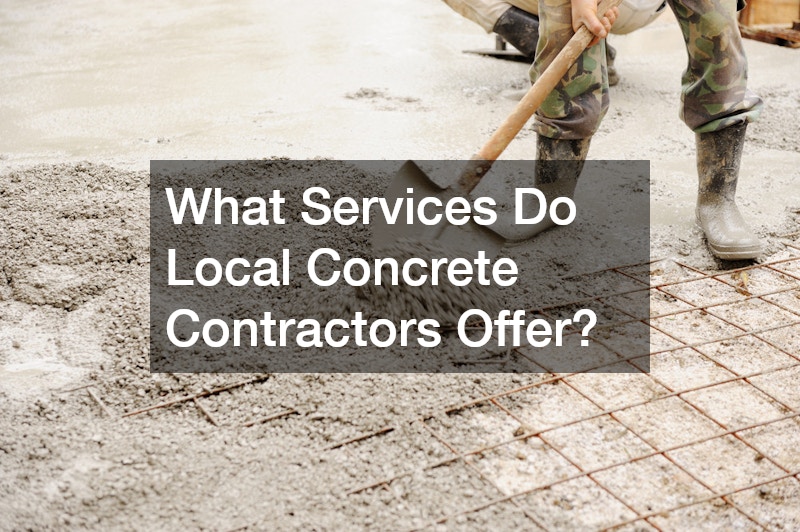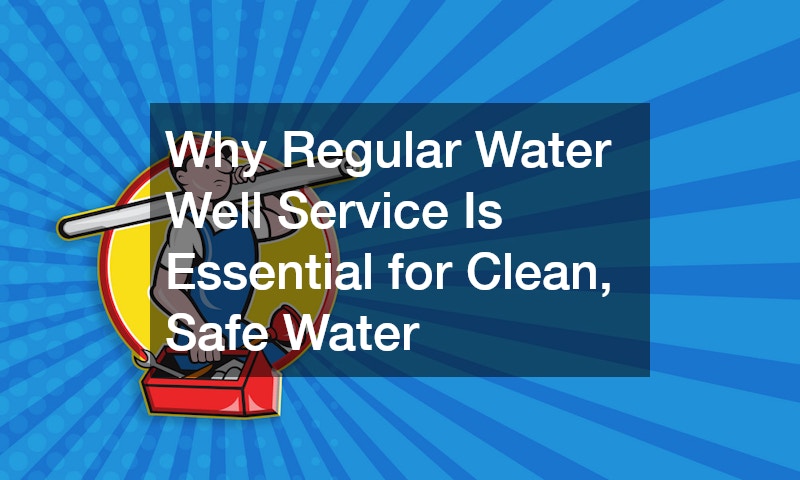Explore the importance of effective outdoor drainage design systems to prevent water damage and enhance landscape design. Managing excess water on your property not only reduces the risk of flooding but also protects the structural integrity of your buildings and preserves the aesthetic value of your outdoor space. Effective drainage systems not only safeguard your property but can also enhance the overall health of your garden and outdoor areas.
What are the most effective types of outdoor drainage systems?
French drains are among the most effective drainage solutions, particularly well-suited for residential properties. This system involves digging a trench filled with gravel and a perforated pipe, which diverts water away from the house and towards a more suitable area for runoff. French drains are especially effective in areas that are prone to soggy soil or excess water buildup, making them a popular choice for homeowners facing recurring drainage issues.
One of the key benefits of French drains is their relatively simple installation process, which can be a do-it-yourself project for those with some landscaping or handyman experience. The effectiveness of French drains relies heavily on proper installation and the correct calculation of the slope to ensure water is directed away from the property efficiently. They work by leveraging gravity, channeling water from higher elevations to lower points through their buried pipes.
Another advantage of French drains is their minimal impact on the aesthetic of your landscape. Once the installation is complete and the trench is covered, the drain is virtually invisible. This hidden system does its job without interrupting the visual appeal or usability of your garden, making it an excellent choice for landscaped areas where appearance is paramount.
How can I improve drainage in heavy clay soils?
Improving drainage in heavy clay soils can be particularly challenging due to the dense, compact nature of clay. One effective strategy is through the use of soil amendments such as organic matter or coarse sand, which help to break up the clay particles and improve water permeability. Incorporating organic materials like compost, leaf mold, or well-aged manure can also enhance the soil structure and its ability to handle water.
Inorganic amendments, like gypsum, are frequently used to help improve the drainage capacity of clay by altering the soil chemistry slightly, which helps to loosen the compacted particles. This makes it easier for water to penetrate the soil instead of pooling on the surface. Regularly amending the soil can gradually improve its texture and significantly increase its drainage capability over time.
Beyond amendments, raised beds or drainage channels may also be necessary in areas with extremely heavy clay, as they provide an alternative path for water flow, avoiding direct contact with the dense soil. These solutions can be particularly useful in landscaped areas where preserving the visual and functional aspects of the space is crucial.
What should be considered when designing a landscape for optimal drainage?
The slope and grading of your landscape play a crucial role in its drainage efficiency. Ideal grading ensures that water flows away from your home’s foundation and other structures, reducing the risk of damage. A general rule of thumb is to aim for a slope of about six inches over a 10-foot span away from buildings to enable proper runoff.
Techniques such as terracing or installing retaining walls can aid in managing slope in steeper areas, allowing for effective water diversion and soil retention. These techniques can be particularly important in preventing soil erosion, which can exacerbate drainage problems over time.
Lastly, consider integrating drainage solutions into the landscape design from the beginning rather than retrofitting them later. This includes planning for elements like swales, which are shallow trenches that help to channel water away, or incorporating permeable paving materials that allow water to seep through and naturally integrate into underground water reserves.
Choosing and implementing the best drainage solutions are critical for preserving property integrity and enhancing usability. From the hidden efficiency of French drains to strategic soil amendments and thoughtful landscape grading, each method offers unique benefits tailored to specific challenges presented by diverse property layouts and soil types. By considering these options and approaches, homeowners can effectively manage water flow and protect their property from potential damage caused by improper drainage.
.




